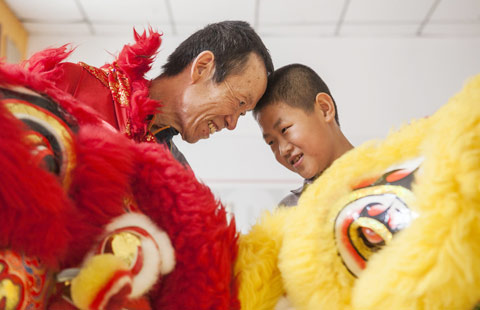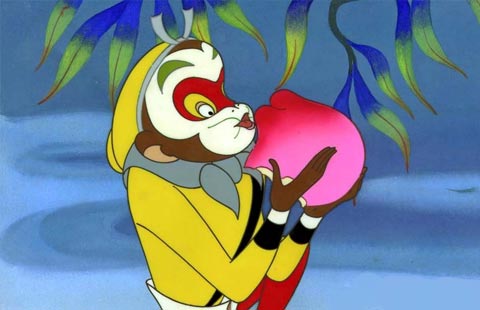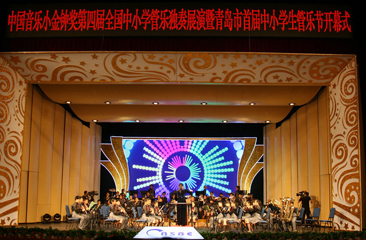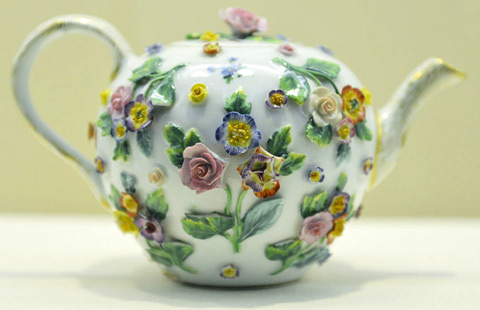Reviving a Cantonese folk art
( CNTV ) Updated: 2015-08-05 13:59:12
 |
|
Guangdong Embroidery was among China’s first intangible cultural heritage items that were listed in 2006. Flowers, fruit and birds are the most common subjects captured by the folk art. [Photo/CNTV] |
The complicated process in the embroidery means that production cannot be rushed. The factory director says the work pattern here is more like a workshop rather than a highly efficient production line. As the embroidery is all made by hand, the annual output is no more than a few dozens. But the taxes are a real problem.
"The tangible costs of the embroidery are the thread, the needles and above all, the time spent on the work. This time is priceless and is a major factor in deciding the final price. And this price gives the false impression that we’re making huge profits and hence have to pay heavy taxes," said Zhang Baohong, director of Guangdong Embroidery Handicraft Factory.
Another problem for the factory is the few employees it has. The number of artisans working in the base workshop is no more than a dozen, and only those who are truly passionate about the artform stay here for some length of time.
"At first, my family opposed me doing this because they thought the traditional art has little space for development. It was only after I insisted that they changed their attitude. But still I’m the only one among my friends who has chosen this as a career," said Liang Huping, Guangdong embroidery artisan.
But the factory is not giving up. It has asked some local artists for authorization to make the embroidery according to their patterns, in the hope of attracting more customers. But as Master Xu says, it is still going to take some time to restore this folk art to its past glory.
|
|
|
|
|
|
|
|























 Raymond Zhou:
Raymond Zhou: Pauline D Loh:
Pauline D Loh: Hot Pot
Hot Pot Eco China
Eco China China Dream
China Dream China Face
China Face






